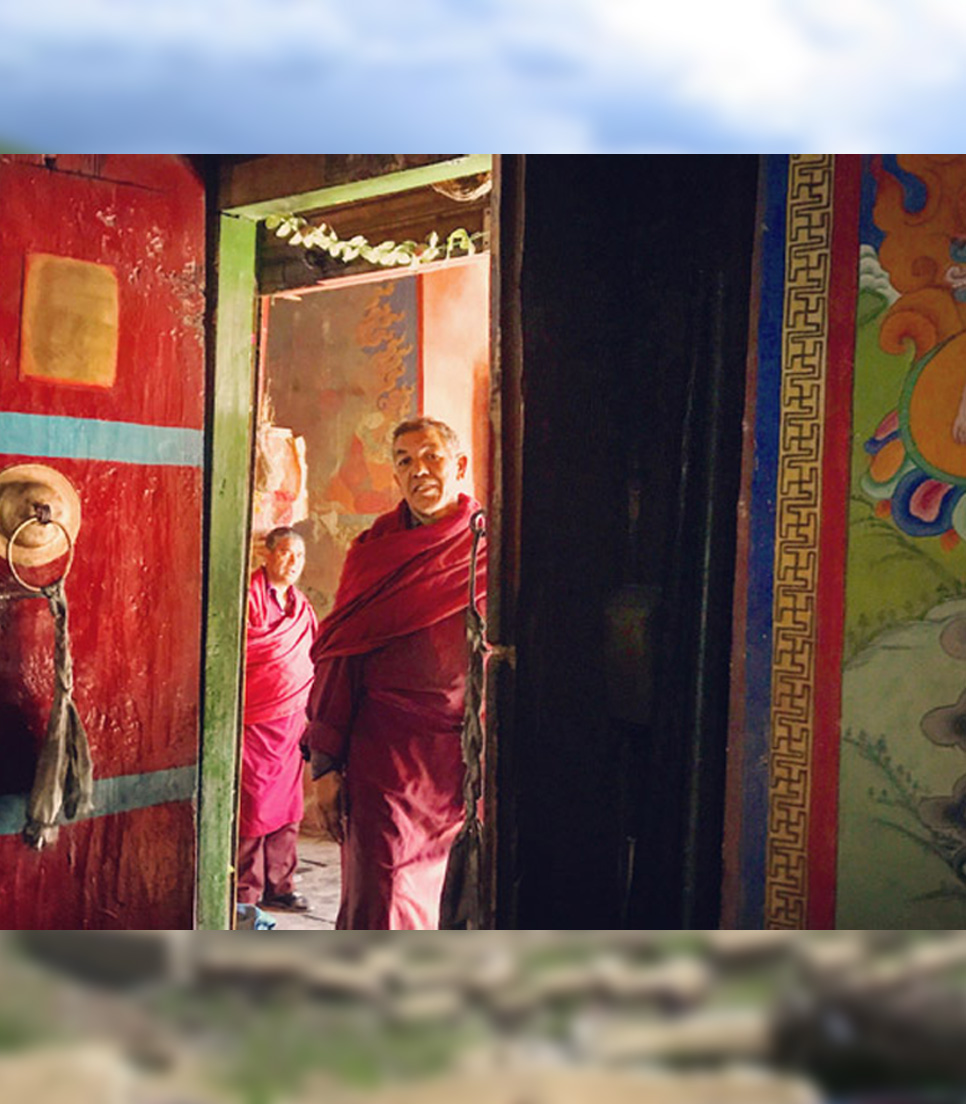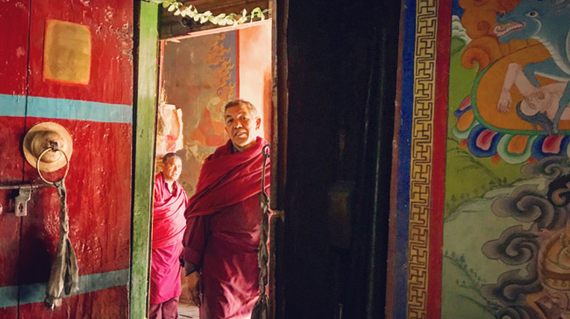
Kinnaur & Spiti Monastery Tour
The mystical & alluring landscape of Kinnaur and Spiti is home to some of the most ancient and remotely located monasteries in the world.
-
Duration
-
AccommodationMonastery guesthouse, homestay, tent, hotel
-
AltitudeFrom 2960m to 4550m
-
Best Time to VisitFrom April to October
The mystical & alluring landscape of Kinnaur and Spiti is home to some of the most ancient and remotely located monasteries in the world.
The 'Kinnaur & Spiti Monastery tour' takes you on a whirlwind journey, into the lap of the mighty Himalayas, to these thousand year old ancient wonders. Soothen your senses by the divine morning chants, and submerge yourself into the realms of Buddhist culture, traditions and philosophy.
The tour is bound to leave you speechless by the sheer grandeur of the majestic Himalayas and awaken your spirits with the constant blessings of Lord Buddha.
The tour can be designed from 5 to 15 days according to your available time.
The 'Kinnaur & Spiti Monastery tour' takes you on a whirlwind journey, into the lap of the mighty Himalayas, to these thousand year old ancient wonders. Soothen your senses by the divine morning chants, and submerge yourself into the realms of Buddhist culture, traditions and philosophy.
The tour is bound to leave you speechless by the sheer grandeur of the majestic Himalayas and awaken your spirits with the constant blessings of Lord Buddha.
The tour can be designed from 5 to 15 days according to your available time.
Brief Details:
- Duration: 5 to 10 days
- Accommodation: Monastery guesthouse, homestay, tent, hotel
- Altitude: From 2960m to 4550m
- Best time: From April to October
- Day 1 : Kalpa
- Day 2 : Kalpa to Jangi via Ridang/Rarang/Lippa (75km)
- Day 3 : Jangi to Kanam via Kunnu - Charang (75km)
- Day 4 : Kanam Village Monasteries visit
- Day 5 : Nako via Labrang, Sunnam and Pooh Monastery
- Day 6 : Nako and surroundings
- Day 7 : Nako to Tabo via Geu (78 km)
- Day 8 : Tabo
- Day 9 : Tabo to Mud Village via Dhankar & Kungri Monasteries (80km)
- Day 10 : Mud Village
- Day 11 : Mud To Kaza (52km)
- Day 12 : Key Monastery and Kibber Village
- Day 13 : Key Gompa to Lanza Valley (35km)
- Day 14 : Langza to Chandrataal Lake via Kunzum La (90km)
- Day 15 : Chandrataal Lake to Manali (137km)
- Day 16 : Manali to Delhi

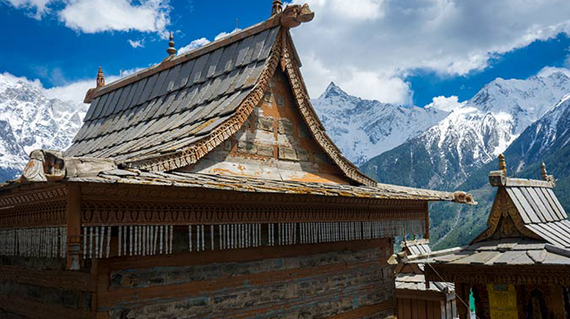
Accommodation in Monasteries, Homestay, Guesthouse, Hotel, Tents
-
 Kinnaur & Spiti Monastery Tour
Kinnaur & Spiti Monastery Tour
Kinnaur & Spiti Monastery Tour
Kinnaur & Spiti Monastery Tour
-
 Kinnaur & Spiti Monastery Tour
Kinnaur & Spiti Monastery Tour
Kinnaur & Spiti Monastery Tour
Kinnaur & Spiti Monastery Tour
-
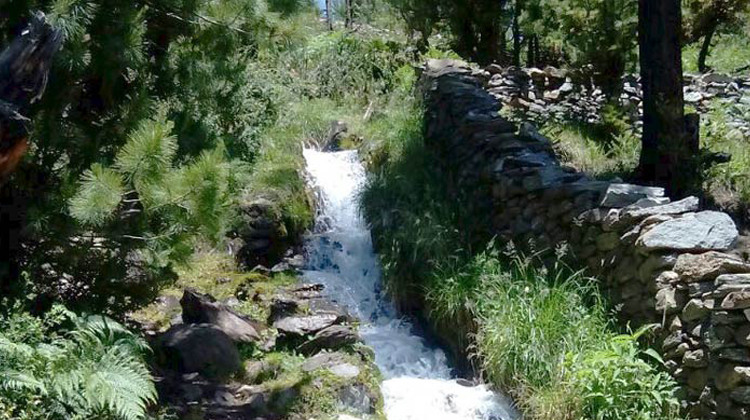 Kinnaur & Spiti Monastery Tour
Kinnaur & Spiti Monastery Tour
Kinnaur & Spiti Monastery Tour
Kinnaur & Spiti Monastery Tour
-
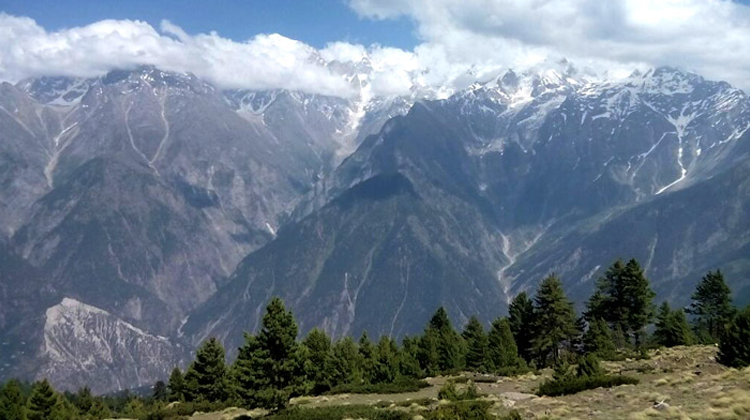 Kinnaur & Spiti Monastery Tour
Kinnaur & Spiti Monastery Tour
Kinnaur & Spiti Monastery Tour
Kinnaur & Spiti Monastery Tour
-
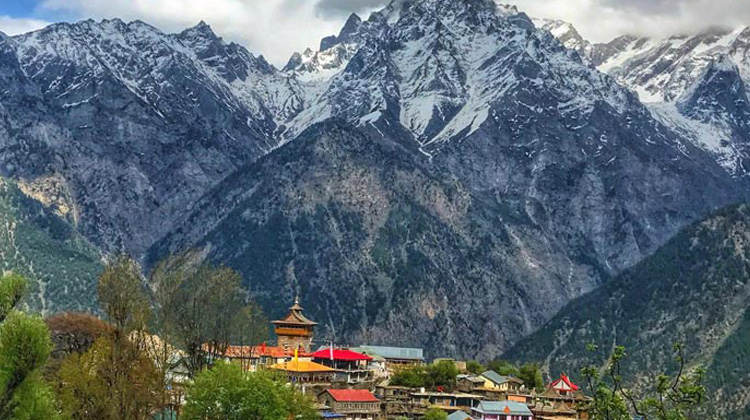 Kinnaur & Spiti Monastery Tour
Kinnaur & Spiti Monastery Tour
Kinnaur & Spiti Monastery Tour
Kinnaur & Spiti Monastery Tour
-
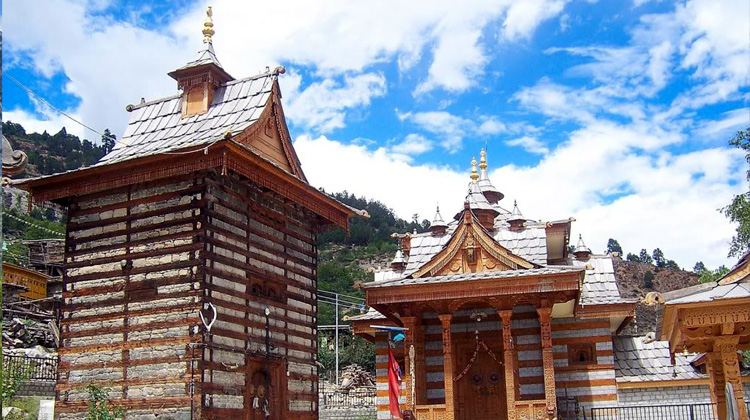 Kinnaur & Spiti Monastery Tour
Kinnaur & Spiti Monastery Tour
Kinnaur & Spiti Monastery Tour
Kinnaur & Spiti Monastery Tour
-
 Kinnaur & Spiti Monastery Tour
Kinnaur & Spiti Monastery Tour
Kinnaur & Spiti Monastery Tour
Kinnaur & Spiti Monastery Tour
-
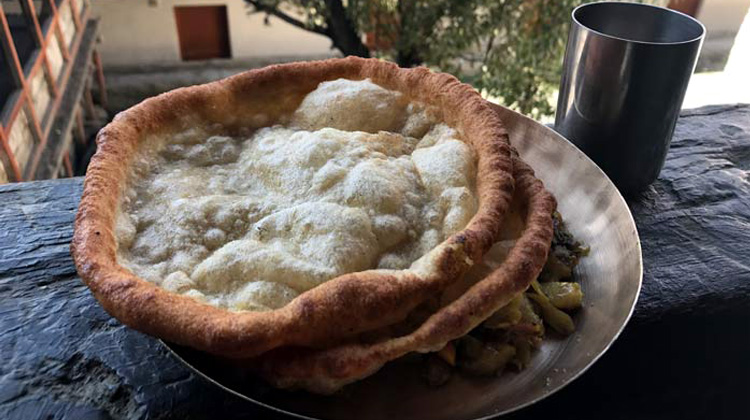 Kinnaur & Spiti Monastery Tour
Kinnaur & Spiti Monastery Tour
Kinnaur & Spiti Monastery Tour
Kinnaur & Spiti Monastery Tour
-
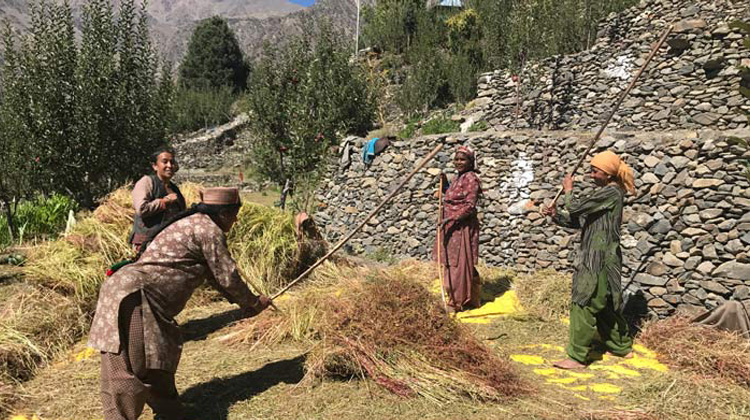 Kinnaur & Spiti Monastery Tour
Kinnaur & Spiti Monastery Tour
Kinnaur & Spiti Monastery Tour
Kinnaur & Spiti Monastery Tour
-
 Kinnaur & Spiti Monastery Tour
Kinnaur & Spiti Monastery Tour
Kinnaur & Spiti Monastery Tour
Kinnaur & Spiti Monastery Tour
-
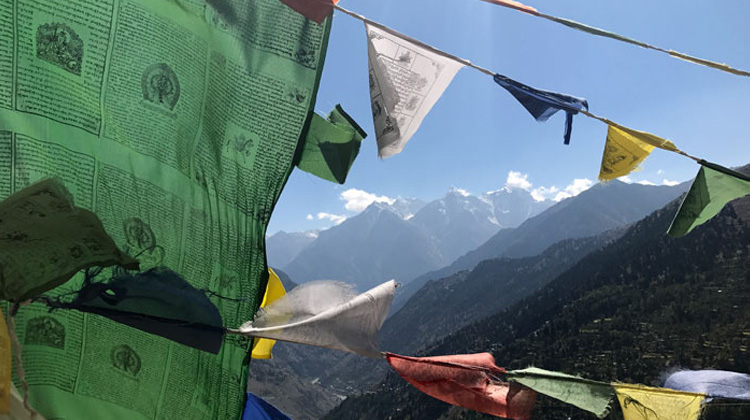 Kinnaur & Spiti Monastery Tour
Kinnaur & Spiti Monastery Tour
Kinnaur & Spiti Monastery Tour
Kinnaur & Spiti Monastery Tour
-
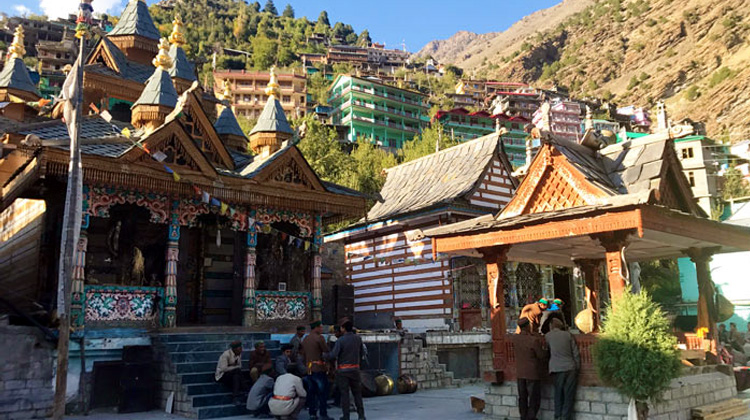 Kinnaur & Spiti Monastery Tour
Kinnaur & Spiti Monastery Tour
Kinnaur & Spiti Monastery Tour
Kinnaur & Spiti Monastery Tour
-
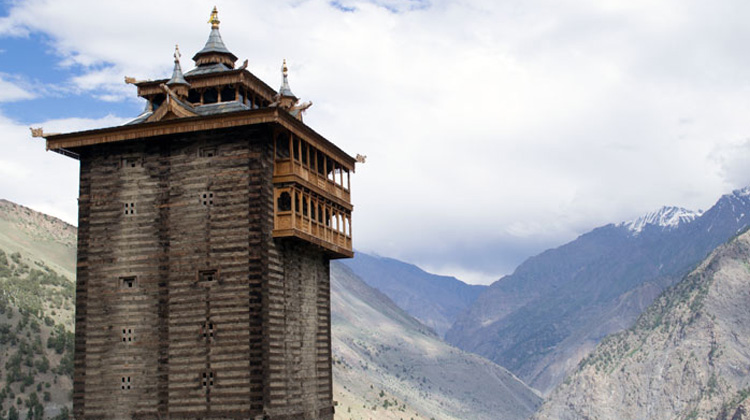 Kinnaur & Spiti Monastery Tour
Kinnaur & Spiti Monastery Tour
Kinnaur & Spiti Monastery Tour
Kinnaur & Spiti Monastery Tour
-
 Kinnaur & Spiti Monastery Tour
Kinnaur & Spiti Monastery Tour
Kinnaur & Spiti Monastery Tour
Kinnaur & Spiti Monastery Tour
-
 Kinnaur & Spiti Monastery Tour
Kinnaur & Spiti Monastery Tour
Kinnaur & Spiti Monastery Tour
Kinnaur & Spiti Monastery Tour
-
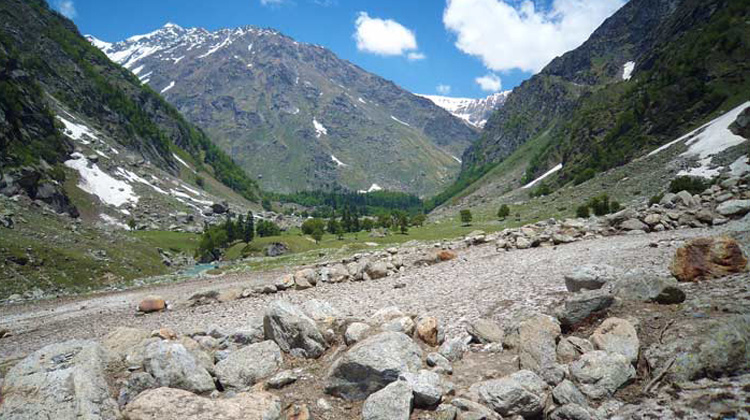 Kinnaur & Spiti Monastery Tour
Kinnaur & Spiti Monastery Tour
Kinnaur & Spiti Monastery Tour
Kinnaur & Spiti Monastery Tour
-
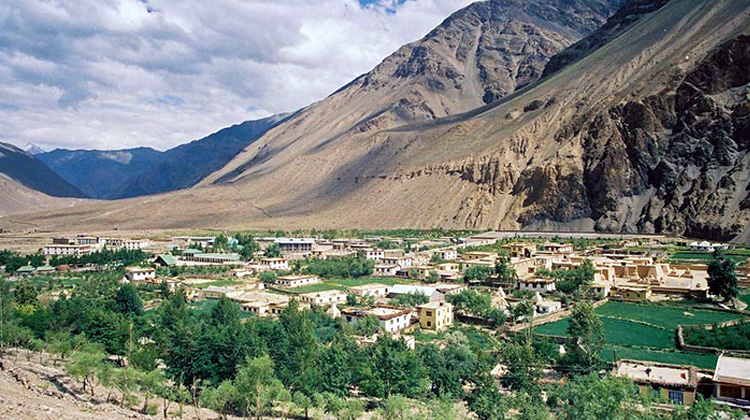 Kinnaur & Spiti Monastery Tour
Kinnaur & Spiti Monastery Tour
Kinnaur & Spiti Monastery Tour
Kinnaur & Spiti Monastery Tour
-
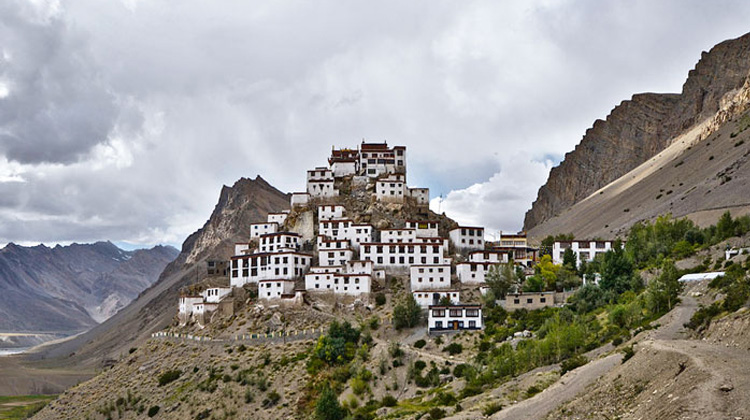 Kinnaur & Spiti Monastery Tour
Kinnaur & Spiti Monastery Tour
Kinnaur & Spiti Monastery Tour
Kinnaur & Spiti Monastery Tour
-
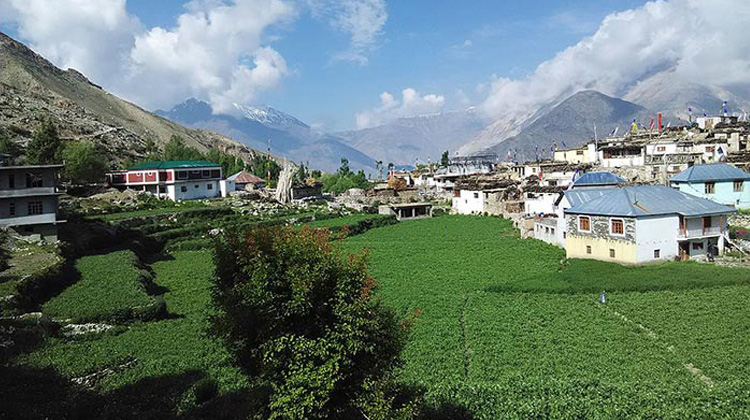 Kinnaur & Spiti Monastery Tour
Kinnaur & Spiti Monastery Tour
Kinnaur & Spiti Monastery Tour
Kinnaur & Spiti Monastery Tour
Terms & Conditions:
Cancellation Policy:- Cancellations prior to 30 days from the start of the trek - 50% refund
- Cancellations between 30 days and 20 days to the start of the trek - 25% refund
- Cancellations less than 20 days to the start of the trek - No refund
If a trek is canceled at the last moment due to unforeseen circumstances / govt. restrictions / weather conditions (like landslides, rain, earthquake, strikes, bandhs, etc), 'The Offbeat Soul' will issue a trek voucher for the full amount. The voucher can be redeemed for the same trek or another trek in the next one year.
Cancellations requests are entertained only on mail.
Refund Policy
The applicable refund amount will be processed within 10 business days
Safety
Though maximum efforts are made to ensure the safety of the trekkers, 'The Offbeat Soul' will not be responsible for any injuries, both physical or mental, caused directly or indirectly in the trekking activities.
All participants are requested to download the 'Risk Form' and get it along with them on their respective treks.
It is understood that while registering yourself for any trek, you are well aware of the all the risks involved in high altitude trekking. You have taken efforts to understand what AMS (Acute Mountain sickness' is, and you are in a good state to manage your altitude related emergencies.
Fitness
When you register for the trek, it is presumed that you are in a perfect physical and mental condition to undertake the rigours of a high altitude trek with low oxygen levels. We assume that you are able to jog a distance of 5 kms in 30 minutes.
The Offbeat Soul has the right to ask a trekker to discontinue the trek at any point if he/she does not meet our expected fitness requirement. In this case, the trekker will be accompanied by our staff back till the base camp.
Last minute changes / Delays
It may happen under some extreme circumstances, that there may be some last minute changes in the planned itinerary. The trek may start a day later or end a day earlier due to volatile climatic conditions, political restrictions, or any other reason. In such cases, The Offbeat Soul is not liable to refund the trek, either fully or partly. The participant cannot ask for compensation for any injury, loss or damage due to such changes.
- Drinking and Smoking are strictly prohibited during the trek. You will be disqualified from the trek with immediate effect if found flouting the rules.
- The Offbeat Soul is not responsible for any loss or damage of your belongings or equipment on the trek.
- Any damage to the equipments by the participant, other than the normal wear and tear, will be billed to you. Our decision on such matters will be final and binding.


